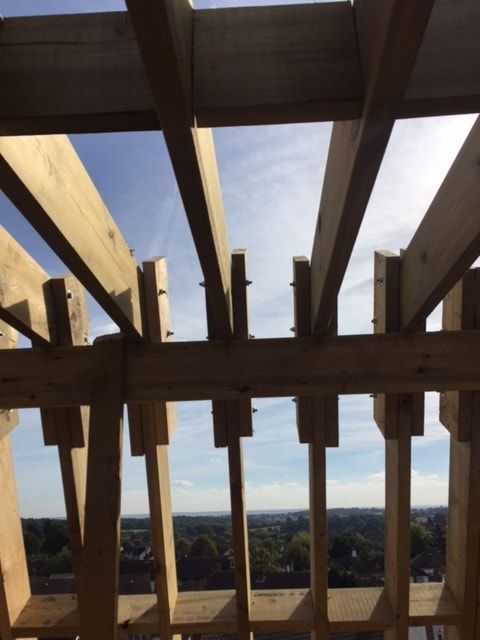Creating a basement is not a Jenga game

Creating a basement under a building can be quite traumatic for the existing structure: you need to create a void under it! This can cause disturbance to the stability of the outstanding building and the neighbourhood.
Before the design phase, you need to gather all the data needed for the calculations to be accurate and the structural elements to be designed correctly. But a good design is not enough.
It is quite intuitive that excavating a basement is challenging even when following a very reliable structural design on paper. It is paramount that not only the instructions are correct, but also that they are followed and performed in a professional, accurate, strict and precise way.
houseUP recommendations when building a basement:
To get the structural design from a qualified reliable structural engineer To choose a construction company (and not just a building contractor) and that you are guaranteed the presence of a structural engineer on site during the crucial phases of the work.
To check that architects, structural engineers and builders have the required professional indemnity insurance coverage for basement design and construction Jenga Game removing a block
General guidelines for basement projects
Before starting any design or construction works a site investigation is essential for a basement job according to the approved Documents Basements for Dwellings.
Soil Test is important to establish the ground conditions, soil types and characteristics, the level of the water table and the presence of any contaminants. This survey tells us which soils are strong and well drained and which ones are weak and not well suited for building sites.
In addition, before starting a basement project it is vital to check that the works will not affect any public services or utilities, London underground and that there are no nearby trees that will be affected by the works.
The structural design of the basement, walls and bases, the design of all necessary temporary works, and the sequencing of the construction will take into account all the geotechnical aspects recorded, and also the locality of the adjoining properties. The formation of the basement walls and bases will be made in a sequential underpinning pattern adopting construction legs no wider than 1.20m, this will avoid undue stresses being applied to the walls being underpinned.
All the basement construction works must follow a Method Statement which has to be detailed enough to explain step by step how the works should take place. This is to ensure the stability of the house above and the neighbouring properties.
A structural engineer must be on site on a regular basis to check that the builders are following the drawings, specifications and method statement.
Get in touch with our team about your basement conversion. You can book a free site visit and a free quotation from our specialists
Vinz is the CEO and co-founder of houseUP. He is a true authority in financial planning and risk management, coming from years of working in financial services and digital payment industries
houseUP is a construction company in London, specialised in high end residential and commercial projects.

